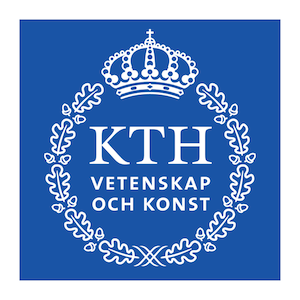

When: 24 March, 2022, 17:00-18:30 UTC+1.
Where: Zoom. Meeting ID: 632 8419 7327.
Abstract: This presentation will be divided into three talks.
First speaker: Agnese Barbensi
Title: Homology of homologous knotted proteins
Abstract: The classification and characterisation of knotted protein structures often requires noise-free and complete data. Here we develop a persistent homology (PH) based pipeline to analyse geometric features of protein entanglement. We show that PH successfully cluster trefoil proteins by structure similarity and knot-depth type. Moreover, we show that persistence landscapes can be used to quantify the topological difference between a family of knotted and unknotted proteins in the same structural homology class, and we show how to localise and interpret this difference geometrically. Crucially, the topological and geometric quantification we find is robust to noisy input data.
Second speaker: Ambrose Yim
Title: Local Inference of Morse Indices from Finite Point Samples
Abstract: The Morse index associated to a non-degenerate critical point of a smooth function is a local quantity that is equal to the number of negative eigenvalues of the Hessian evaluated at that point. As second derivatives might be difficult to compute or unavailable in real world contexts, one can use the fundamental results of Morse theory to bypass the need for second derivatives. This involves computing the relative homology of a pair of sub-level sets of the function, which is unfortunately a global quantity and thus poses a challenge to practical computation. In this talk, we show how we can reduce the input data in the relative homology computation by suitably restricting these sub-level sets to a local neighbourhood of the critical point. Having posed the Morse index inference problem as a local computation of relative homology, we then prove that a sufficiently dense sample of the restricted sub-level sets suffices to infer their relative homology and recover the Morse index.
Third speaker: Jane Coons
Title: Symmetrically Colored Gaussian Graphical Models with Toric Vanishing Ideals
Abstract: Gaussian graphical models are multivariate Gaussian statistical models in which a graph encodes conditional independence relations among the random variables. Adding colors to this graph allows us to describe situations where some entries in the concentration matrices in the model are assumed to be equal. In this talk, we focus on RCOP models, in which this coloring is obtained from the orbits of a subgroup of the automorphism group of the underlying graph. We show that when the underlying block graph is a one-clique-sum of complete graphs, the Zariski closure of the set of concentration matrices of an RCOP model on this graph is a toric variety. We also give a Markov basis for the vanishing ideal of this variety in these cases.
